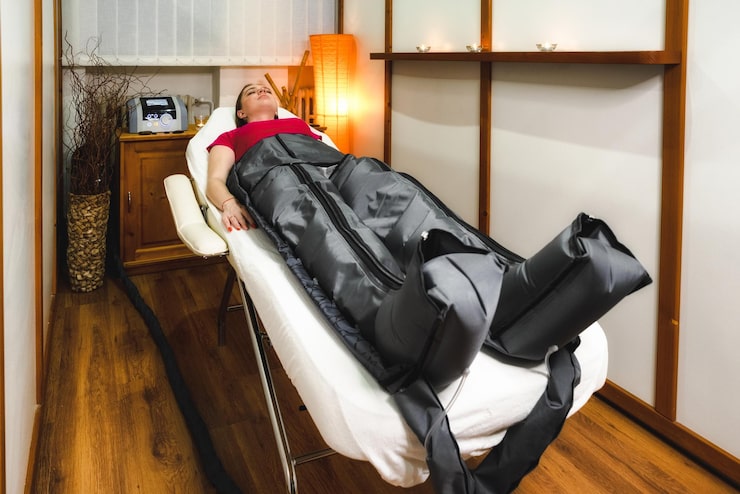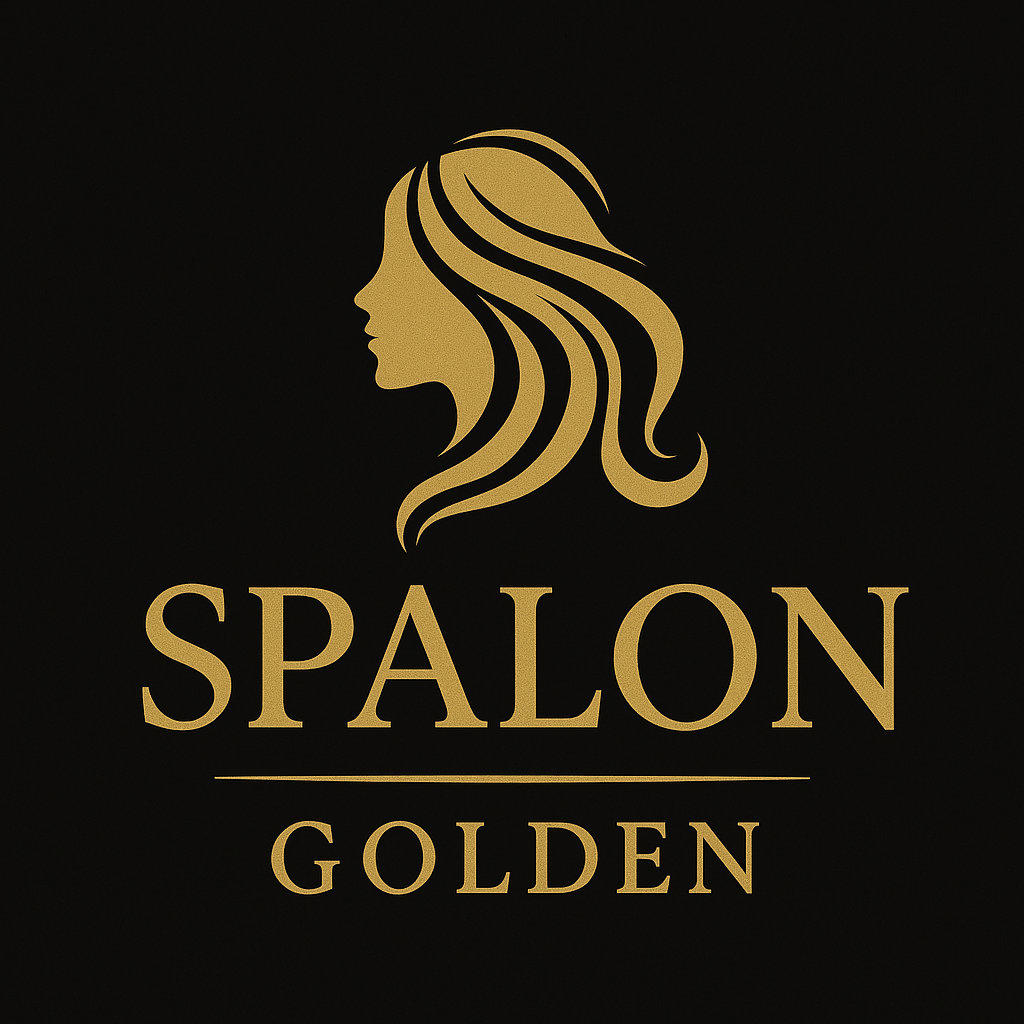In the world of recovery and rehabilitation, two techniques are gaining recognition for their ability to reduce pain, speed up healing, and improve mobility: Compression therapy and Percussion therapy. Both methods are rooted in science and are widely used by athletes, individuals recovering from injury, and people managing chronic pain. While they work in different ways, their combined benefits can help the body heal more efficiently and move with greater ease.
Understanding Compression Therapy
Compression therapy involves applying controlled pressure to specific parts of the body, often using bandages, wraps, or specialized garments. The goal is to improve blood flow, reduce swelling, and support the body’s natural healing process.
When a muscle, joint, or tissue is injured, swelling and inflammation often occur. This swelling can slow down recovery by restricting circulation and trapping fluids in the affected area. By applying gentle, consistent pressure, compression therapy helps move excess fluid out of the tissues and back into the bloodstream, where it can be processed and eliminated by the body.
Key Benefits of Compression Therapy
- Enhanced Circulation: Improves blood flow to deliver more oxygen and nutrients to damaged tissues.
- Reduced Swelling: Minimizes fluid buildup and inflammation, helping tissues recover faster.
- Pain Relief: Less swelling often leads to reduced discomfort and stiffness.
- Support and Stability: Provides external support to weak or injured areas, reducing the risk of further injury.
This therapy is not only effective for sports injuries but also for chronic conditions such as lymphedema, venous insufficiency, and post-surgical recovery.

The Power of Percussion Therapy
While compression focuses on pressure from the outside, Percussion therapy works by delivering rapid, repetitive pulses deep into the muscles using a device or specialized tool. This technique is often described as a form of deep tissue massage, but much faster and more targeted.
The science behind percussion therapy lies in its ability to stimulate blood flow, release muscle knots, and improve flexibility. The vibrations penetrate deep into the muscle fibers, encouraging them to relax and lengthen.
Key Benefits of Percussion Therapy
- Muscle Recovery: Helps reduce muscle soreness after intense workouts or physical activity.
- Improved Range of Motion: Loosens stiff muscles and joints, making movement easier.
- Breakdown of Adhesions: Releases tension and muscle knots that restrict mobility.
- Faster Healing: Increases circulation, which speeds up nutrient delivery and waste removal in muscle tissues.
Athletes often use percussion therapy after workouts to prevent delayed-onset muscle soreness (DOMS), while physical therapy patients use it to manage pain and regain mobility after injury.
The Science of Faster Healing
Both compression and percussion therapy are backed by physiological principles that explain their effectiveness.
- Improved Circulation: Both methods stimulate better blood flow, which means injured tissues receive more oxygen and nutrients for repair.
- Lymphatic Drainage: Compression supports the lymphatic system in removing waste products, while percussion helps break up tight tissue that blocks fluid movement.
- Reduced Muscle Fatigue: By enhancing oxygen delivery and clearing out lactic acid, these therapies reduce fatigue and allow the body to recover more efficiently.
- Neuromuscular Benefits: Percussion therapy stimulates nerve receptors in muscles, improving muscle activation and coordination, while compression provides stability for healing tissues.
Together, these therapies accelerate the body’s natural recovery processes, making them especially valuable for athletes, active individuals, and anyone recovering from injury.
When to Use Compression and Percussion Therapy
Both therapies have unique applications, but they can also complement each other.
- Compression Therapy is Best For:
- Post-surgical recovery
- Swelling from injuries like sprains and strains
- Chronic conditions like lymphedema or poor circulation
- Preventing swelling during long travel or prolonged inactivity
- Percussion Therapy is Best For:
- Muscle soreness after workouts
- Loosening tight muscles or fascia
- Improving flexibility before physical activity
- Relieving deep tissue tension
When used together, they create a powerful recovery system: compression helps manage swelling and circulation, while percussion relieves muscle tightness and restores mobility.
The Role of Therapy in Daily Life
You don’t need to be a professional athlete to benefit from compression and percussion therapy. People who spend long hours at a desk, those recovering from surgery, or individuals managing chronic pain can all see improvements in mobility and overall comfort.
For example, sitting for extended periods can reduce circulation and cause swelling in the legs. Compression therapy can counteract these effects, while percussion therapy can relieve tight hip and back muscles caused by inactivity. Similarly, older adults dealing with stiffness and reduced mobility can use these methods to support joint health and maintain independence.
Tips for Safe Use
- Always consult with a healthcare provider before starting therapy if you have underlying conditions like blood clots or heart issues.
- Start with gentle sessions, especially with percussion therapy, and gradually increase intensity as tolerated.
- Use compression garments or wraps that fit properly—not too tight, as excessive pressure can restrict blood flow.
- Combine these therapies with stretching, hydration, and balanced nutrition for optimal recovery.
Conclusion – A Smarter Path to Healing
Compression therapy and Percussion therapy represent two scientifically proven methods that help the body recover faster, reduce pain, and improve mobility. While compression works by managing circulation and swelling, percussion targets muscle stiffness and deep tissue recovery. Together, they provide a comprehensive approach to healing—whether you’re an athlete, recovering from injury, or simply aiming for better movement in daily life.
At Performance Physical Therapy, these innovative techniques are integrated into care plans to ensure patients achieve faster healing and improved mobility, helping them return to the activities they love with confidence.


